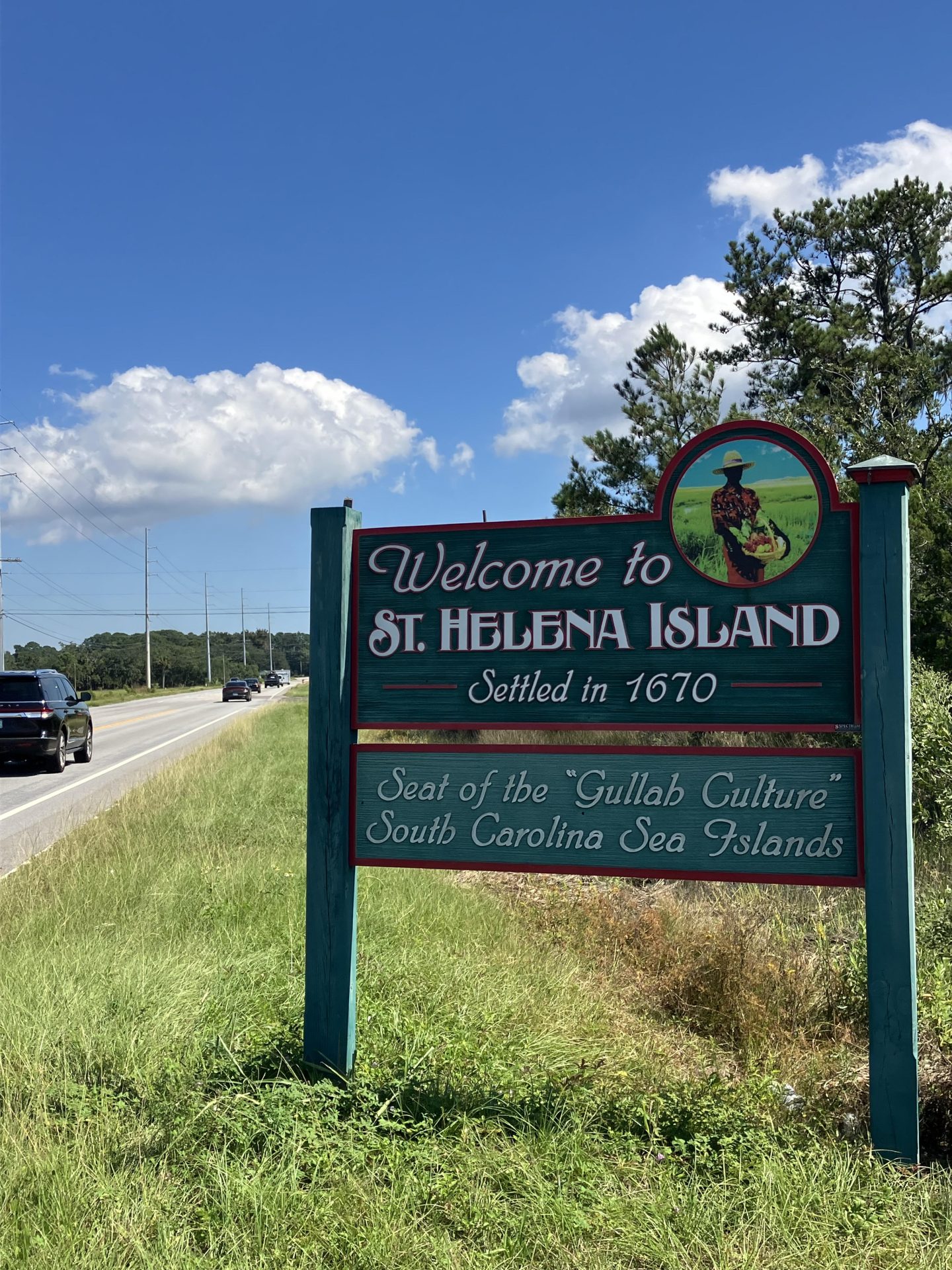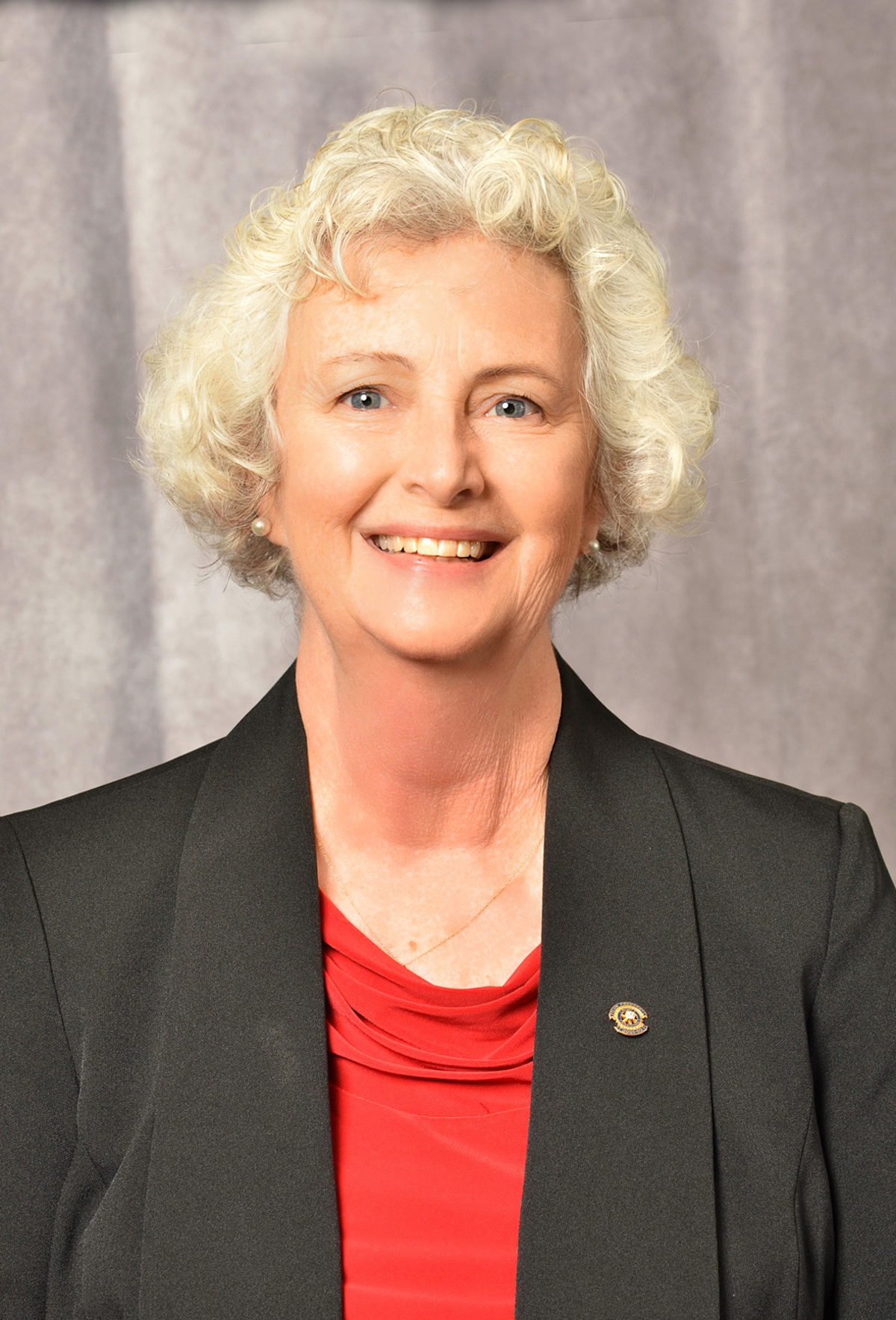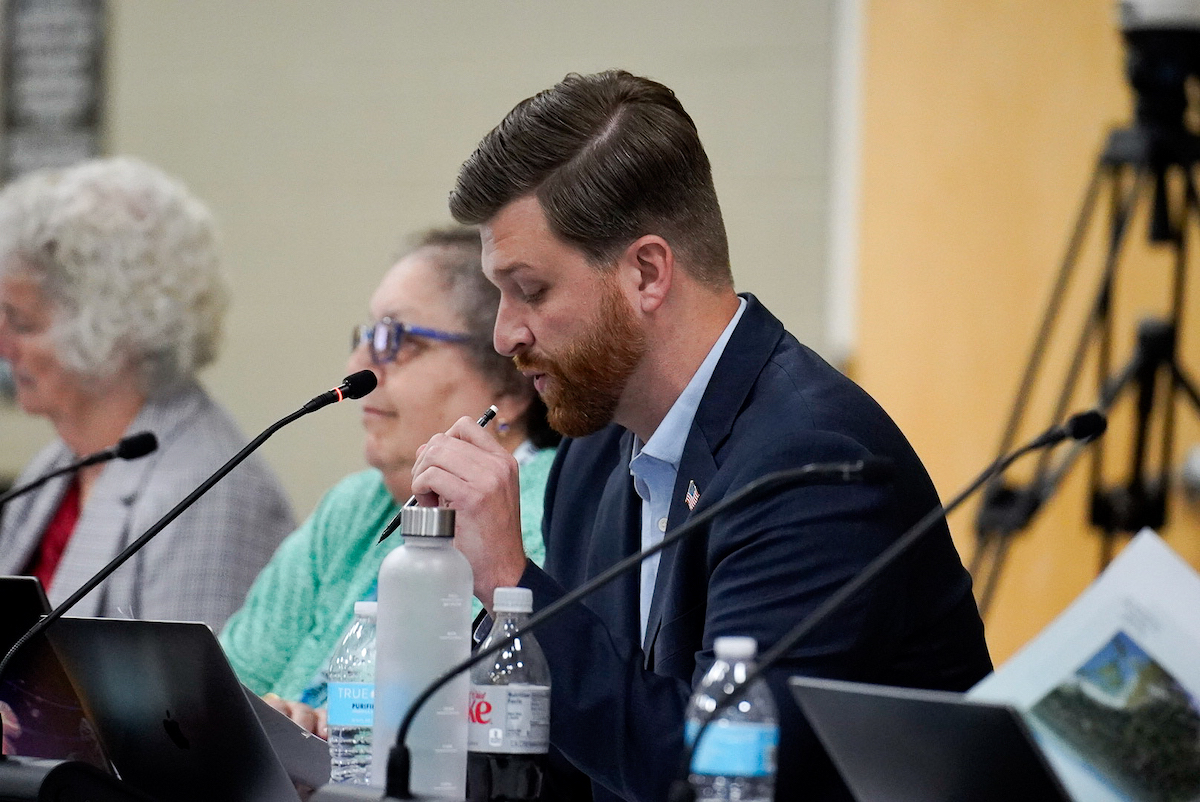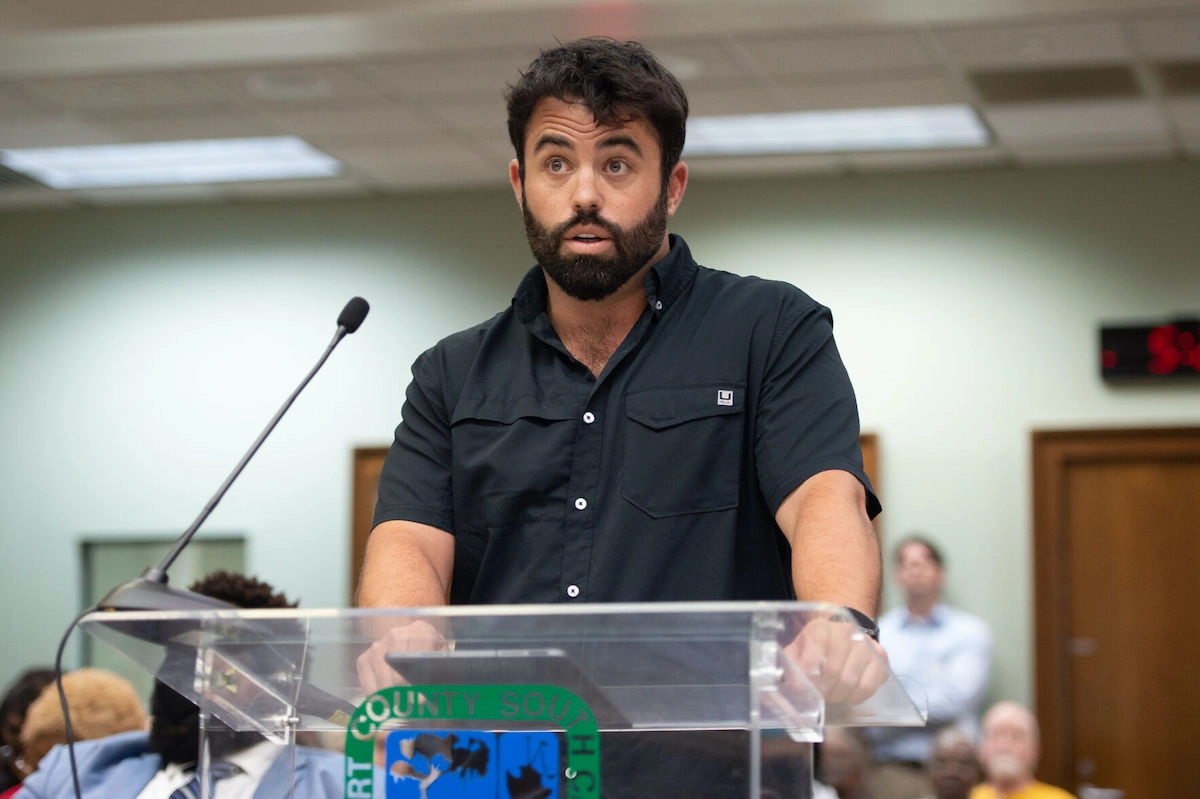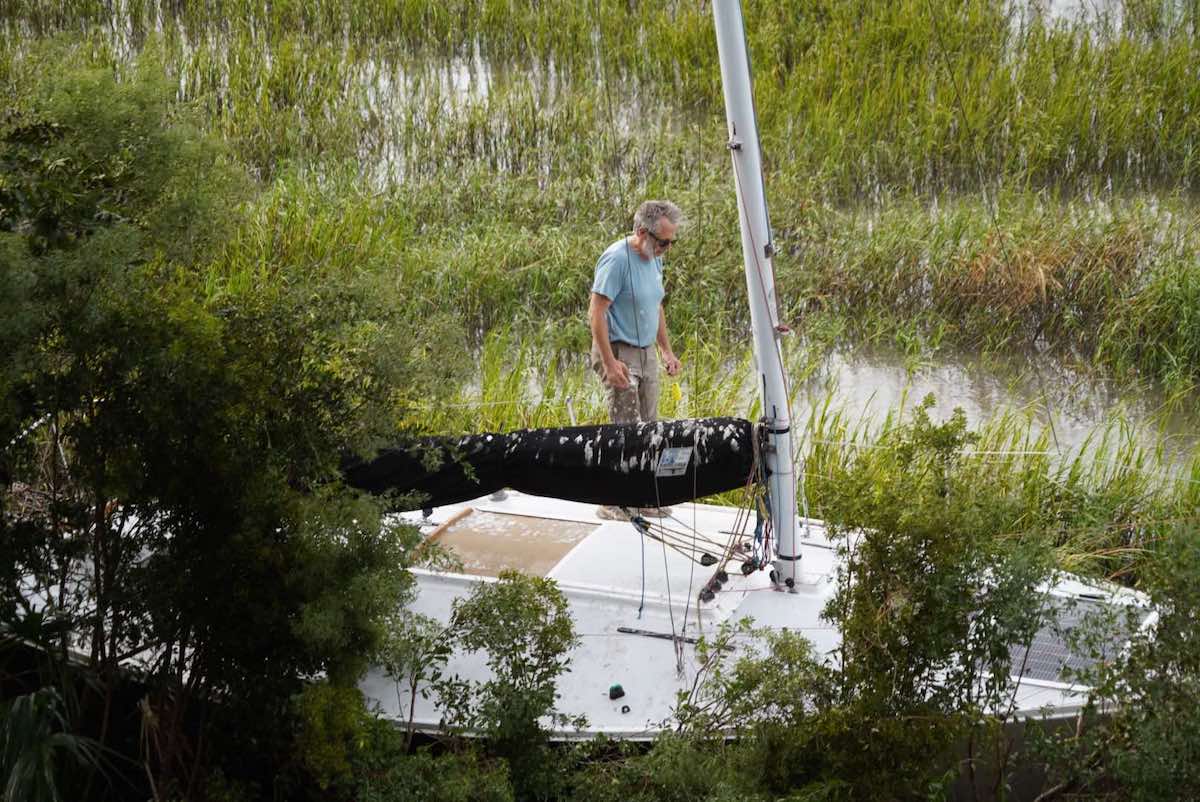By Scott Graber and Lolita Huckaby
In 1970, Edith Dabbs, a Sumter, S.C. activist known for her civil rights efforts with a special interest in St. Helena Island, published a collection of old photographs that had been found stored, neglected and moldering in the attic of a Penn Center storeroom.
These photographs — actually glass plate negatives — were made between 1900 and 1920 by a photographer named Leigh Richmond Minor.
Minor, who came from a family of Connecticut educators made a name for himself photographing working individuals, primarily at the historically black Hampton Institute and then Penn Center School on St. Helena Island. His black and white photographs showed young Black men repairing shoes, Black women learning how to preserve tomatoes, earnest teenagers learning how to be self-sufficient, productive in a world that was changing.
But there were other photographs — landscapes.
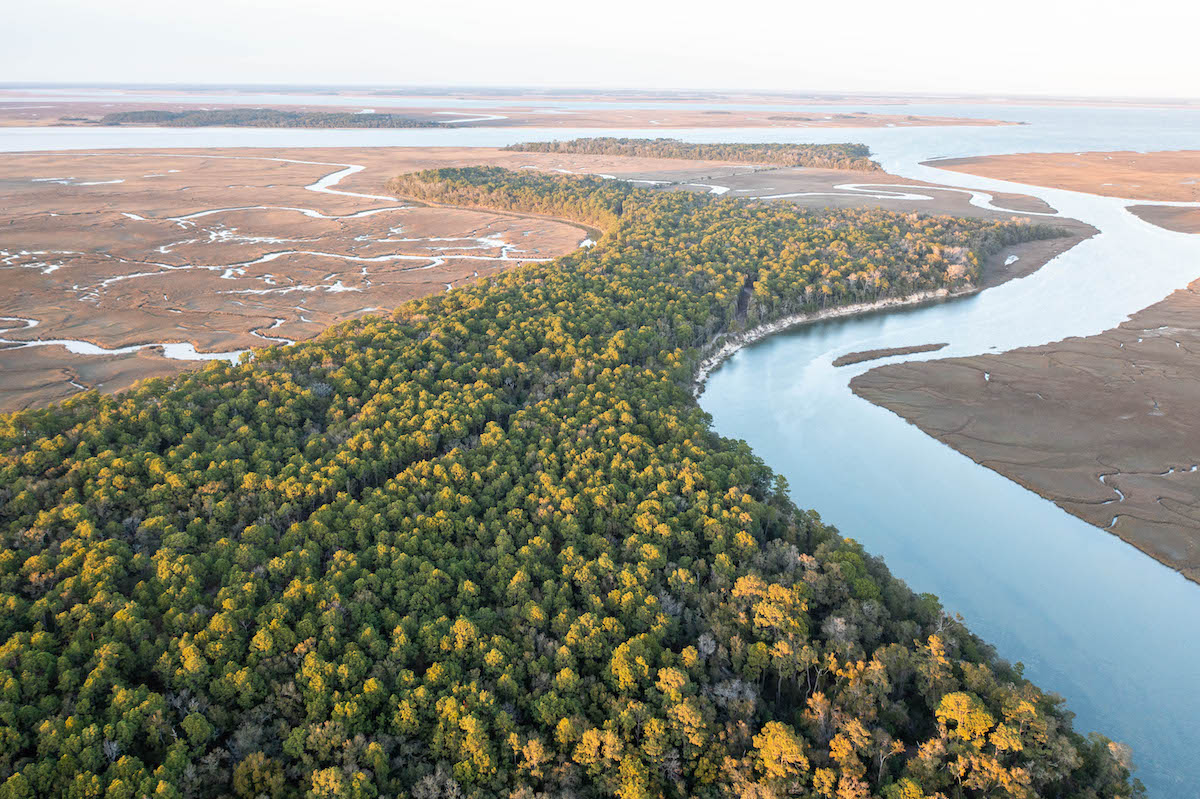
These landscapes showed the traditional Lowcountry favorites, moss-draped live oaks overhanging narrow dirt roads. But they also showed large men standing near handmade, wooden bateaus, proud of the crabs, shrimp or oysters they had caught and would market later that same day. They showed men and women in the field, preparing fields for cotton, ensuring that there would be some cash to buy the few things they could not manufacture themselves.
The book “Face of an Island” featured faces – of Brutus, an ex-slave; of Abby Jackson, midwife; of Thomas Robinson who would eventually leave St Helena Island and earn a doctorate degree and become a teacher.
Some believe it was those faces that told St Helena’s story best. But others say the story of that sea island is the land.
The changing landscape
By the 1990s, the landscape of St. Helena Island, indeed Beaufort County was changing, as it was all along the East Coast. Penn School itself was no longer responsible for educating the children of St. Helena, with the public school district taking over that responsibility back in 1948. But many of the young, ambitious men and women, upon graduation, were leaving the Lowcountry and South Carolina for parts north, particularly New York City. Pink and green-painted beach houses were popping up on places like Harbor Island, rural fields and forests were being re-imagined, repopulated with retirees.
Many said this change was inevitable.
Recognizing change as a force to be confronted, in 1994 Penn Center and the Coastal Conservation League, the five-year-old environmental nonprofit out of Charleston, established the Penn School for Preservation. The goal was to pull together a diverse group of concerned citizens for a two-year course in the history and changing issues of economic development and zoning on what had been South Carolina’s relatively undiscovered sea islands. There was, of course, heavy emphasis on the unique Gullah-Geechee culture that still survived in areas along the Atlantic Ocean from Wilmington NC to Jacksonville, Florida.
In 1997, Beaufort County adopted its first Comprehensive Development Plan as required by state law for those counties beginning to establish zone districts as designations for what should be developed where. The rural nature of places like St. Helena Island and northern Beaufort County – Lobeco, Sheldon, Garden’s Corner – were given zoning to protect that status, but only after months of public discussions and committee meetings.
But participants at the Penn School for Preservation, who had been meeting weekly to discuss the issues knew this zoning would not be enough to withstand the development pressures that had already begun changing the topography of neighboring Hilton Head Island starting back in the 1950’s when a Georgia timberman named Charles Fraser arrived on the scene.
The CPO
Between 1994 and 1999, these students at the Penn preservation school and other concerned citizens began to lobby county planners for a brief, simply worded “Cultural Protection Overlay” that would, among other things, confirm that golf courses and gated communities were incompatible with the essence of St Helena.

In 1999, the CPO language was added to the zoning ordinance. That designation and its goals for protecting the culture were repeated in 2010 and 2014 when the comprehensive plan was updated.
But those paragraphs would have to have some under-girding legal justification. The folks on St Helena had learned that you can’t just say “no” to golf courses, gated communities. These concerned folks — dreamers or schemers depending on your point of view — went to U.S. Rep. James Clyburn asking for help.
Clyburn, who after 14 years in Congress had risen to a leadership position in the U.S. House of Representatives, thought it was important to specifically identify and define the Gullah culture which he agreed, was under attack.
The Gullah-Geechee Heritage Culture Corridor was designated by Congress in 2006 as a protection of the cultural heritage of former West African slaves who had settled along the Atlantic coastline, many on the rural islands like St. Helena. As part of the designation, the National Park Service conducted a study of the sea islands’ cultural status — looking at features from small churches, two-acre farms, praise houses and graveyards — and offered an opinion on how those ways of life would be jeopardized by developments such as golf courses and gated communities.
The National Park study, which was published in mid-2005, included Environmental Impact Statements which documented how these resort developments produced toxic futures for the formerly rural areas of Hilton Head Island, Daufuskie, and Kiawah.
A challenge
Jump forward to this decade when in 2021, Elvio Tropeano, formerly of Boston but now living in Beaufort and representing Pine Island LLC, entered into a contract to purchase a 500-acre island surrounded by creeks leading into St. Helena Sound. The property, accessible only by a narrow causeway leading from the Dulamo community on St. Helena, includes remains of the antebellum summer retreat, St. Helenaville and two listings on the National Register of Historic Places because of archeological and architectural attributes.
The land that once served as timberland as well as family retreat for hunting experiences, was sold for $18 million.
Tropeano and his unidentified associates purchased the property knowing about the county’s Comprehensive Development Plan which included the St. Helena Cultural Protection Overlay (CPO) district, which specifically prohibited golf courses and communities with private gate access. The purchase launched a series of multiple private meetings with county officials including former County Administrator Eric Greenway, state Rep. Weston Newton and others as the developers lobbied their plans which would require an amendment to the CPO.
The amendment which was introduced to the county Planning Commission in an unusual departure by County Administrator Greenway, who proposed that properties larger than 50 acres be exempt from the CPO zone. He and county attorneys expressed concerns that the CPO, as written, would be legally indefensible.
After a five-hour meeting in June 2023, when a number of supporters and opponents had their opportunity to speak, the county Planning Commission rejected the Pine Island LLC’s request for an exemption to CPO. At that point, Tropeano proposed a different development plan to the county planning staff – three six-hole golf courses, also rejected by the staff as an end-around to the existing regulations.
In July, after the county administrative rejections, Tropeano turned to the courts for relief. Pine Island LLC filed an appeal against the county’s denial of the request for the revised development plan with three six-hole courses. A second legal action was also filed, a civil complaint challenging the validity of the CPO and asking for monetary damages, a case which has been remanded to the federal courts.
The appeals case was subjected to mediation in early September with attorneys representing Beaufort County, the South Carolina Environmental Law Project, Penn Center and the Coastal Conservation League supporting the zoning ordinance and state Sen. Majorie Green, who is one of the attorneys representing Pine Island LLC.
The results of that mediation session were shared with the Beaufort County Council on Sept. 16, again in a closed-door session. After 2:30 hours of discussion behind closed doors, a pizza party and prayer by the Pine Island development opponents, the council members came out and rejected any settlement by an 8-3 vote.
Voting against that motion were Councilmembers Logan Cunningham, Paula Brown and Tom Reitz, all from south of the Broad River and representing communities flourishing with golf courses. It was these three, along with Councilman York Glover who represents St. Helena Island, who sat through the initial mediation and came to share their thoughts, again in closed-door session, with their fellow council members on Sept. 16.
With the motion to reject any settlement, the question of the validity of the county’s CPS zoning remains in the courts, awaiting trial dates.
From the CPO to conservation easements
The debate taking place in Beaufort County and now, moving into the courts, is not new. Similar challenges to the county’s Comprehensive Plan have occurred throughout the years. When the plan was being drafted back in the 1990s, county officials heard lots from their planners and various interested parties, often in conflict with one another.
The growing cast of developers, builders and their lawyers argued zoning regulations represented a “taking of private property” without compensation. The debates were heated and resulted in some landowners and developers opting for annexation into the more permissive, more dense zoning offered by government entities like Hardeeville, Bluffton, City of Beaufort and Town of Port Royal.

In 1999, the St. Helena Cultural Protection Overlay was first in the nation to afford a tailor-made zoning for unique places like St Helena Island, but since then it has caught the attention of planners and governments across the country. For example, in the Palmetto State, Aiken and Kershaw counties are looking at the overlay districts in an effort to protect their horse-breeding lands from development.
In neighboring Jasper County, there is an ongoing effort to establish a cultural protection overlay zone for the Euhaw area which encompasses more than 50,000 acres from Point South on I-95 and extends down along the Broad River until colliding with Hardeeville’s ever-expanding town limits which now include Latitude Margaritaville Hilton Head and parts of Sun City.
This effort underscores that — for most of its history — Jasper has been a relatively small collection of huge hunting clubs providing thousands of acres for deer, duck and quail shooting. Owners of large parcels once passed down their club memberships from father to son, keeping most of Jasper County wooded and undeveloped.
To compensate for the possible political intervention of overlay district protections, where local elected officials might change their views and grant variances, such as the ones requested for Pine Island, the option for more legally binding conservation easements have been introduced.
Conservation easements allow owners of a property to place restrictions on the future use of their acres in exchange for a tax credit. For many of the wealthy folks who own those large tracts of land and would still like to see those trees remain, this tax credit is of immediate and sometimes immense value.
Preservationist nonprofit organizations like the Nature Conservancy, the Beaufort County Open Land Trust, the Coastal Conservation League and others have gotten into the large-tract retention business by buying large tracts of land themselves, putting easements on environmentally sensitive properties, then selling all or parts of the tract with restrictions that prohibit thousands of houses, golf courses and marinas.
More recently, the Port Royal Sound Foundation, a private, nonprofit offspring of the Friends of the River which was organized in 2000, has entered the preservation debate to keep that huge body of water free from the pollution that usually follows when you cut down all the trees in order to clear the way for development or build golf courses with their manicured lawns and potential for pollution runoff.
While the proposed development of Pine Island may be a reoccurring part of the increasingly popular Lowcountry, the faces of those who care passionately about the area, just like the images captured by photographer Minor more than a century ago, still show concern for the future unknown.
Scott Graber is a lawyer, novelist, veteran columnist and longtime resident of Port Royal. He can be reached at cscottgraber@gmail.com.
Lolita Huckaby Watson is a community volunteer and newspaper columnist. In her former role as a reporter with The Beaufort Gazette, The Savannah Morning News, Bluffton Today and Beaufort Today, she prided herself in trying to stay neutral and unbiased. As a columnist, these are her opinions. Her goal is to be factual but opinionated, based on her own observations. Feel free to contact her at bftbay@gmail.com.

